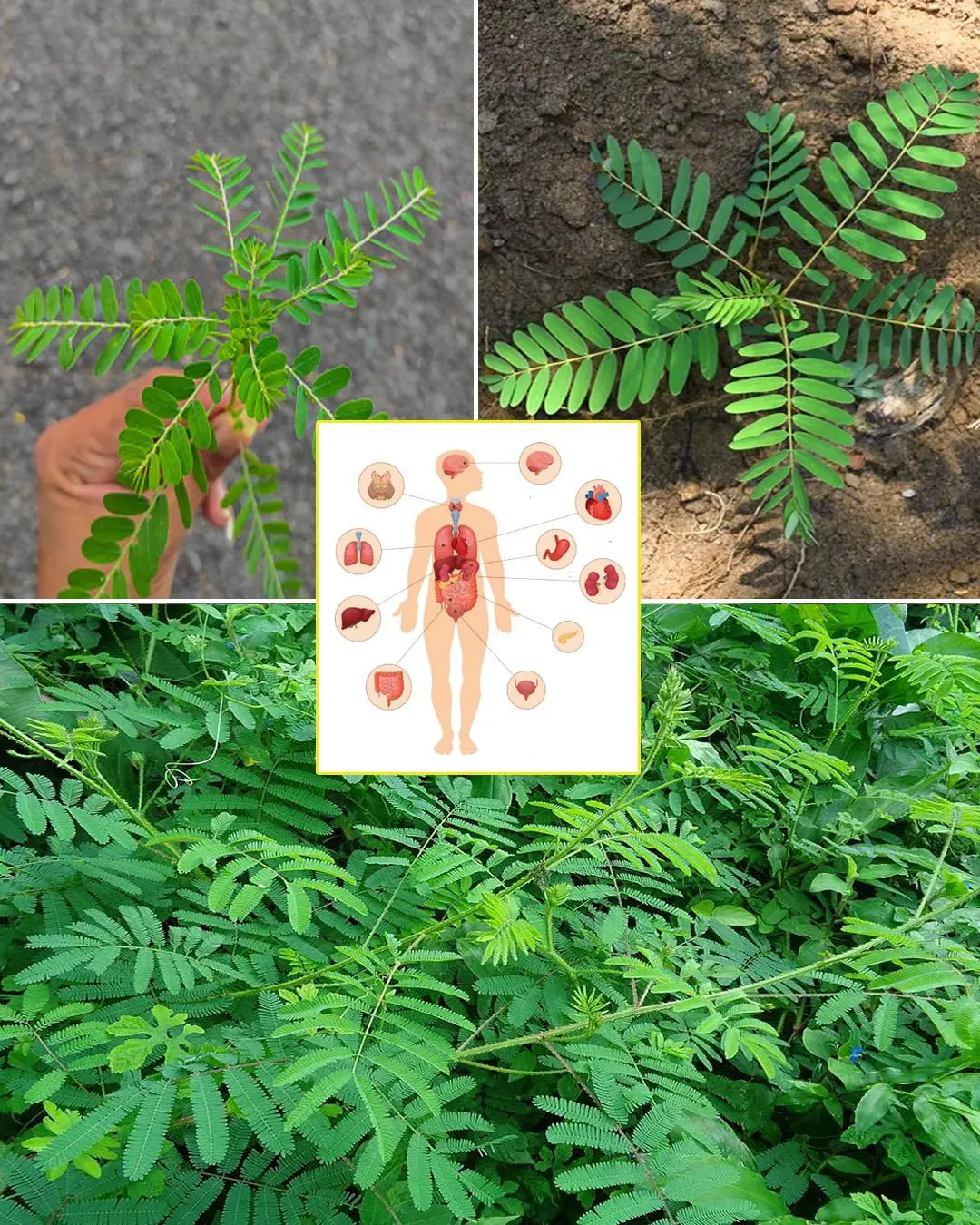
Schamroth Window Test May Reveal if You Have Finger Clubbing
A Simple Finger Test That Could Reveal a Serious Health Condition
Imagine being able to perform a quick, no-cost test with your own hands — one that could give you an early warning about a potentially serious health condition. It might sound unbelievable, but medical experts have long recognized that your fingers can tell important stories about your internal health.
One such test is known as the Schamroth Window Test, a simple, non-invasive check that anyone can do in seconds. Though it looks deceptively simple, this test may help detect finger clubbing — a physical sign linked to chronic diseases such as lung cancer, heart conditions, and liver disorders.
What Is Finger Clubbing?
Finger clubbing, or digital clubbing, is a medical condition that changes the shape of your fingers and fingernails over time. It usually develops gradually and can progress through multiple stages before becoming noticeable.
Typical signs include:
-
Warm or swollen nail beds and shiny skin around the nails
-
Fingertips that appear larger or bulbous — often described as “drumstick-like”
-
Nails that curve downward and appear spoon-shaped
-
Soft or spongy nail beds when pressed
-
An increase in the angle between the nail and the nail bed
While finger clubbing itself doesn’t cause pain, it can signal underlying issues with oxygen circulation. Medical researchers believe the condition is related to chronic hypoxemia — long-term low oxygen levels in the blood. When the body experiences reduced oxygen over time, it can cause changes in the tissues beneath the nails, resulting in the rounded, swollen appearance characteristic of clubbing.
Conditions Linked to Finger Clubbing
Finger clubbing is not a disease on its own, but a symptom of other medical problems — many of which involve the lungs or heart.
Common causes include:
🫁 Lung Cancer
Up to 35% of individuals with non-small cell lung cancer develop finger clubbing. This occurs because tumors can disrupt oxygen flow and alter circulation in the fingertips.
🧬 Mesothelioma
This rare but aggressive cancer affects the lining of the lungs, often due to asbestos exposure. Finger clubbing is frequently observed in mesothelioma patients as oxygen exchange becomes impaired.
🌬️ Chronic Lung Diseases
Conditions such as cystic fibrosis, pulmonary fibrosis, bronchiectasis, and asbestosis can all lead to long-term oxygen deprivation, gradually triggering clubbing.
❤️ Heart Disorders
Certain congenital heart defects (present from birth) and infective endocarditis (an infection of the heart’s inner lining) can reduce oxygen levels in the blood, resulting in clubbed fingers.
🍃 Liver and Digestive Diseases
Surprisingly, clubbing may also appear in patients with liver cirrhosis, Crohn’s disease, or inflammatory bowel disease (IBD) — all of which can affect the body’s ability to process nutrients and oxygen efficiently.
Doctors use the presence of finger clubbing as a diagnostic clue — a subtle physical signal that something deeper might be occurring inside the body.
How to Perform the Schamroth Window Test
This easy at-home test can help you check for possible signs of clubbing. Here’s how to do it:
-
Hold your hands up at eye level.
-
Press the nails of your index fingers together, so they touch nail-to-nail.
-
Look closely at the space between the two nail beds.
Under normal conditions, you should see a tiny, diamond-shaped gap — known as the Schamroth’s window. This small space allows light to pass through.
If that diamond-shaped window is missing, and your nails seem to press flatly against each other, it may indicate finger clubbing — and you should schedule a check-up with your doctor.
Why This Simple Test Matters
According to oncology nurse Emma Norton,
“If you can’t see any kind of gap beneath your nail beds, it could mean your fingers are clubbed. You should visit your GP as soon as possible so they can determine whether the clubbing is linked to an underlying condition.”
While the Schamroth Window Test is not a diagnostic tool, it can serve as a valuable early warning sign. Detecting finger clubbing early allows healthcare professionals to investigate potential causes before they become life-threatening.
When to See a Doctor
If you notice your fingertips changing shape, your nails becoming more curved, or your nail beds feeling unusually soft, don’t ignore these signs. Early medical evaluation can lead to faster detection of conditions like lung or heart disease — and in some cases, can even be life-saving.
Doctors may follow up with tests such as chest X-rays, CT scans, or blood oxygen measurements to pinpoint the root cause.
A Reminder From Your Body
Your hands can reveal far more about your health than you might think. The Schamroth Window Test is a powerful reminder that the body often gives us quiet signals before a serious illness develops.
So next time you have a spare moment, take a look at your fingertips. That simple, two-second check might not only teach you something about your body — it could also be the first step toward protecting your long-term health.
News in the same category

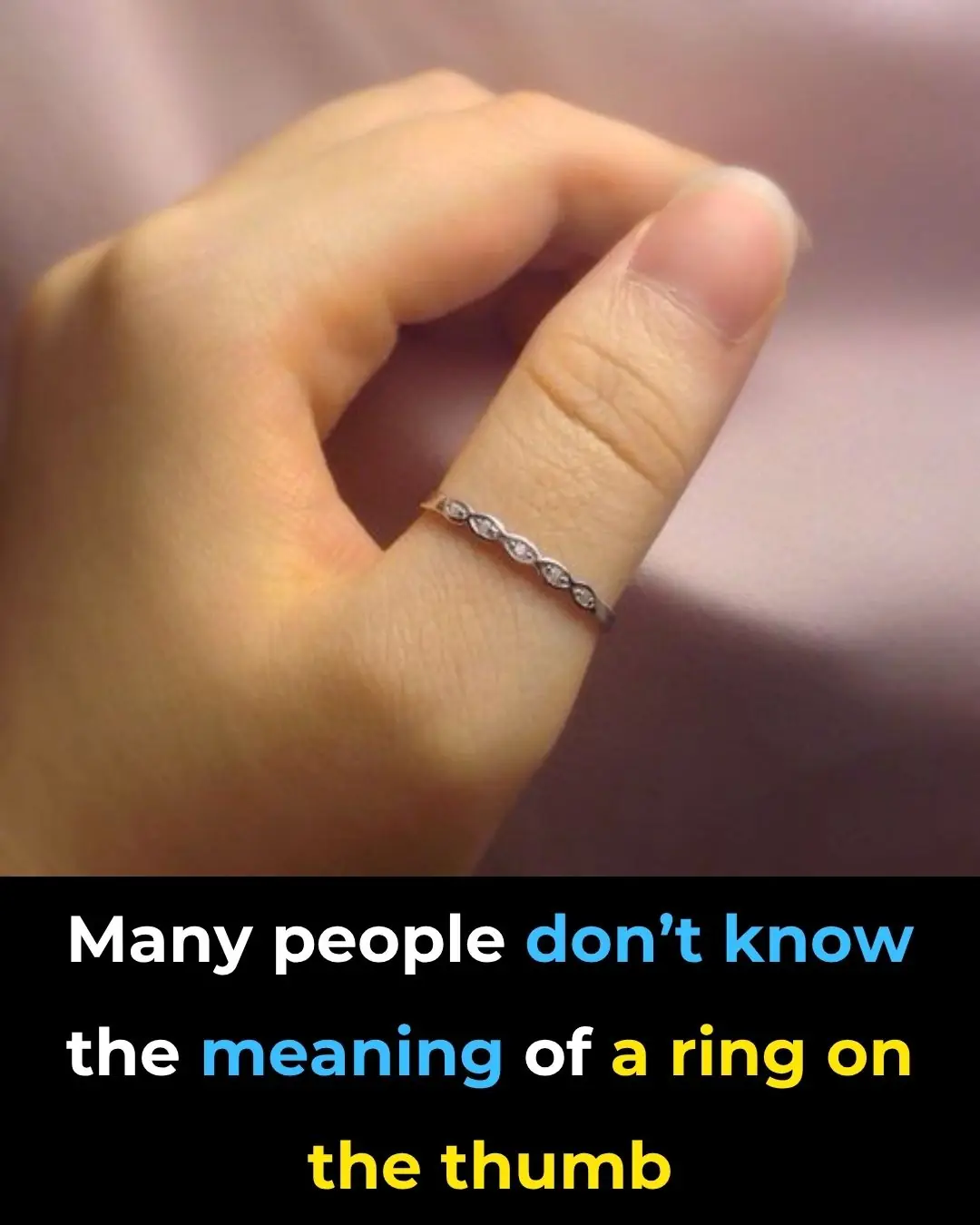
What Does a Thumb Ring Really Mean

Netflix loses eye-watering amount of money following Elon Musk’s call to cancel 'woke' streaming service

Nintendo sues Reddit mod for $4,500,000 in shocking lawsuit

Creators of ChatGPT reveal 44 jobs at highest risk of being taken over by AI in future
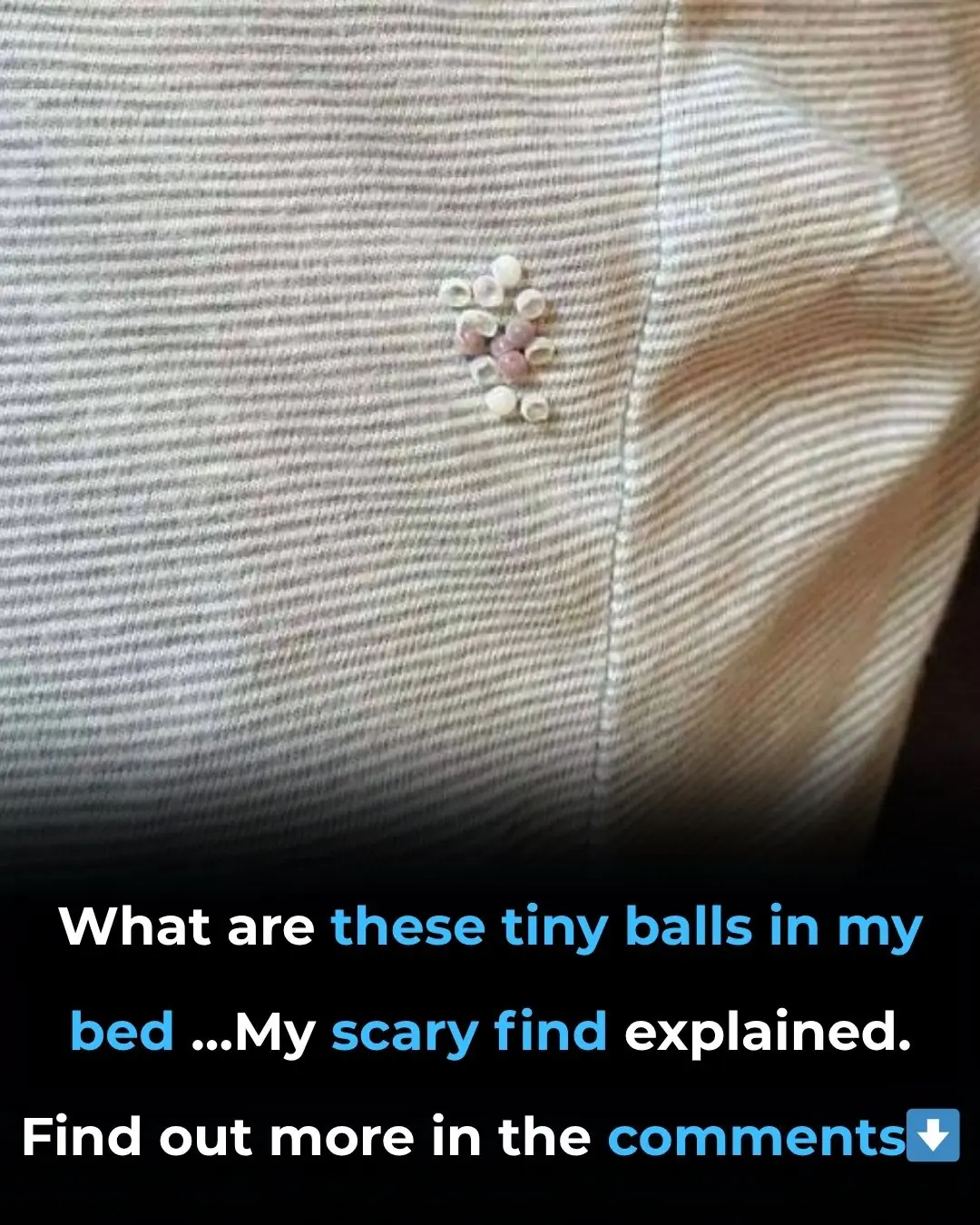
What Are These Tiny Balls in My Bed

Apple just added a new app to iPhone with iOS 26 and most people have no idea

BREAKING NEWS 🚨 Due To This Draconid Meteor Shower Earth Will Be Badly Effected Because…..See More

A High-Speed Pulsar Has Cracked the Milky Way’s Magnetic “Bone” — Racing Through Space at 2 Million MPH
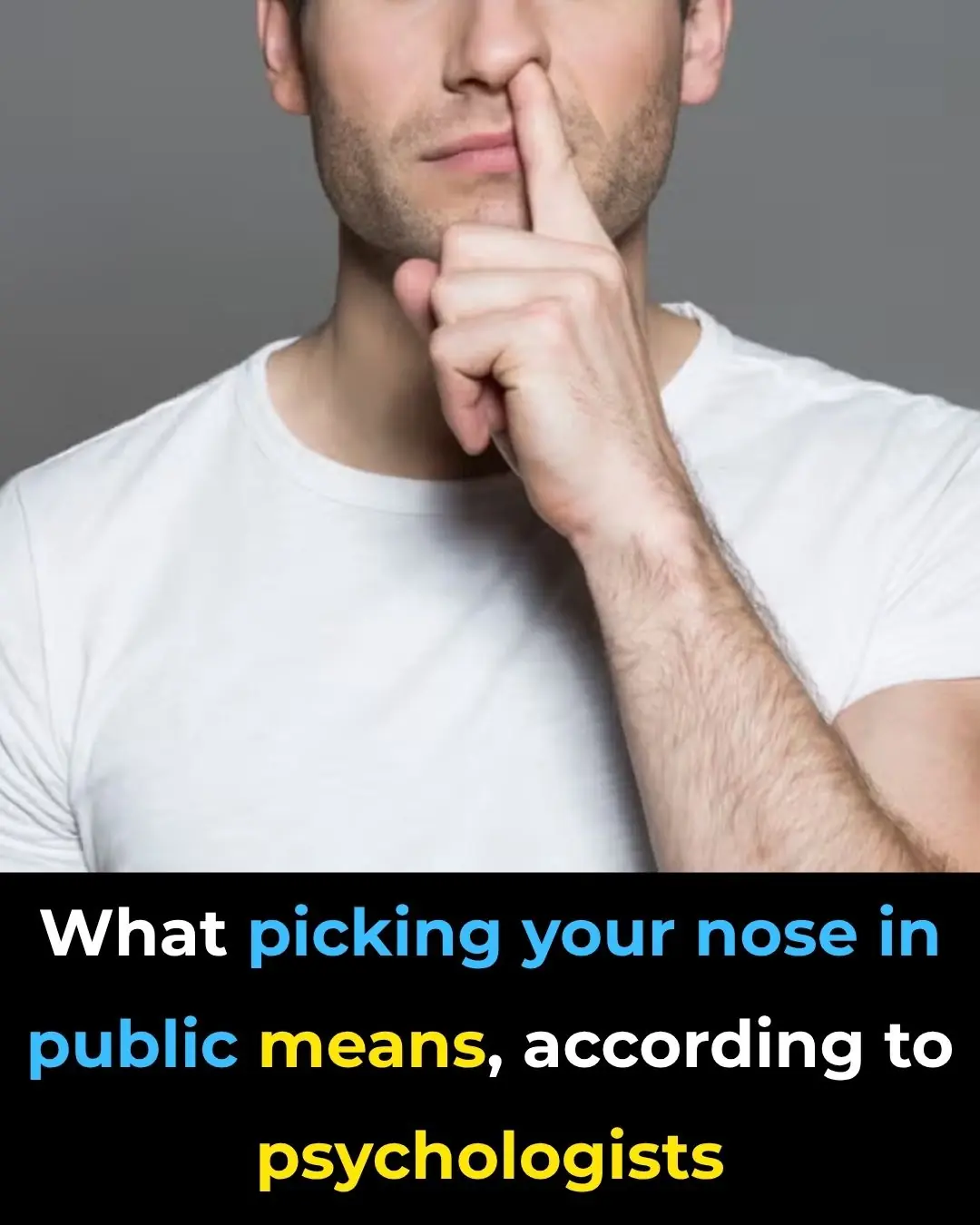
Nose Picking What This Taboo Habit Really Reveals About Us

Prime views of the Andromeda Galaxy and Ceres—October 2

Northern Lights Could Dazzle 12 U.S. States This Week — Best Viewing Through Oct. 8

Researchers Turn Festival Wristbands into a Shield Against Drink Spiking

Give President Trump Nobel Peace Prize, Israeli Hostage Families Urge
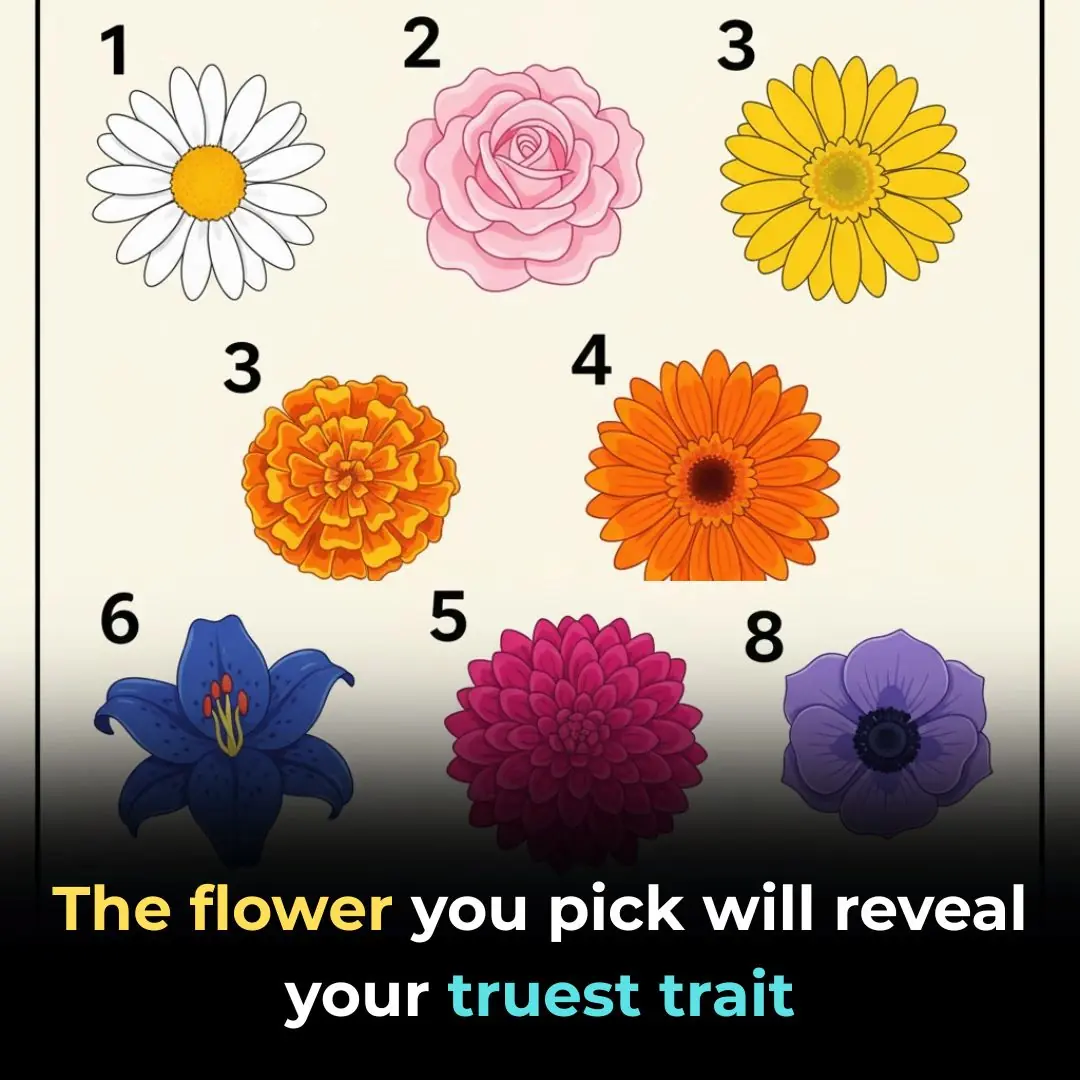
The Flower You Pick Will Reveal Your Truest Trait

Meet Jonathan, The Oldest-Known Animal In The World

Mind-Blowing Cloud Formations You Probably Haven’t Seen Before

The Best Places to Photograph in Montana

A Thermometer Just Broke At -62°C (-80°F) In The World’s Coldest Village, And The Photos Are Breathtaking
News Post

Growing Wildflowers: A Mother’s Journey Through the Chaos

The Baby in Princess Diana’s Arms

A Lifetime in Bloom: Lois Shows Us What Passion Truly Grows

Farewell to a Giant Soul: Vatsala the Elephant Passes at 100

Keeping the Monsters Away: The Quiet Heroism of Foster Parents

From Sidewalk to Forever: A Daughter’s Choice That Changed Everything

A Thirst for Life: Cyclists Halt Ride to Save Parched Koala in Australia’s Heatwave

An Actor’s Greatest Role: Morgan Freeman Becomes a Guardian of Strays

When a Celebration Became a Goodbye: A Daughter’s Farewell to Her Faithful Companion

Bella the Hero: How a Pit Bull’s Loyalty Saved a Life

No Matter How Dirty You Are, Absolutely AVOID These 7 “Dangerous Hours” When Washing Your Hair to Prevent Stroke, Sudden Illness, or Hospitalization Without Warning

3 Common Mistakes When Using Plastic Wrap That Can Cause Cancer and Are Often Made by Many People

A Kiss from Joy: The Language of Love Between Elephants and Humans
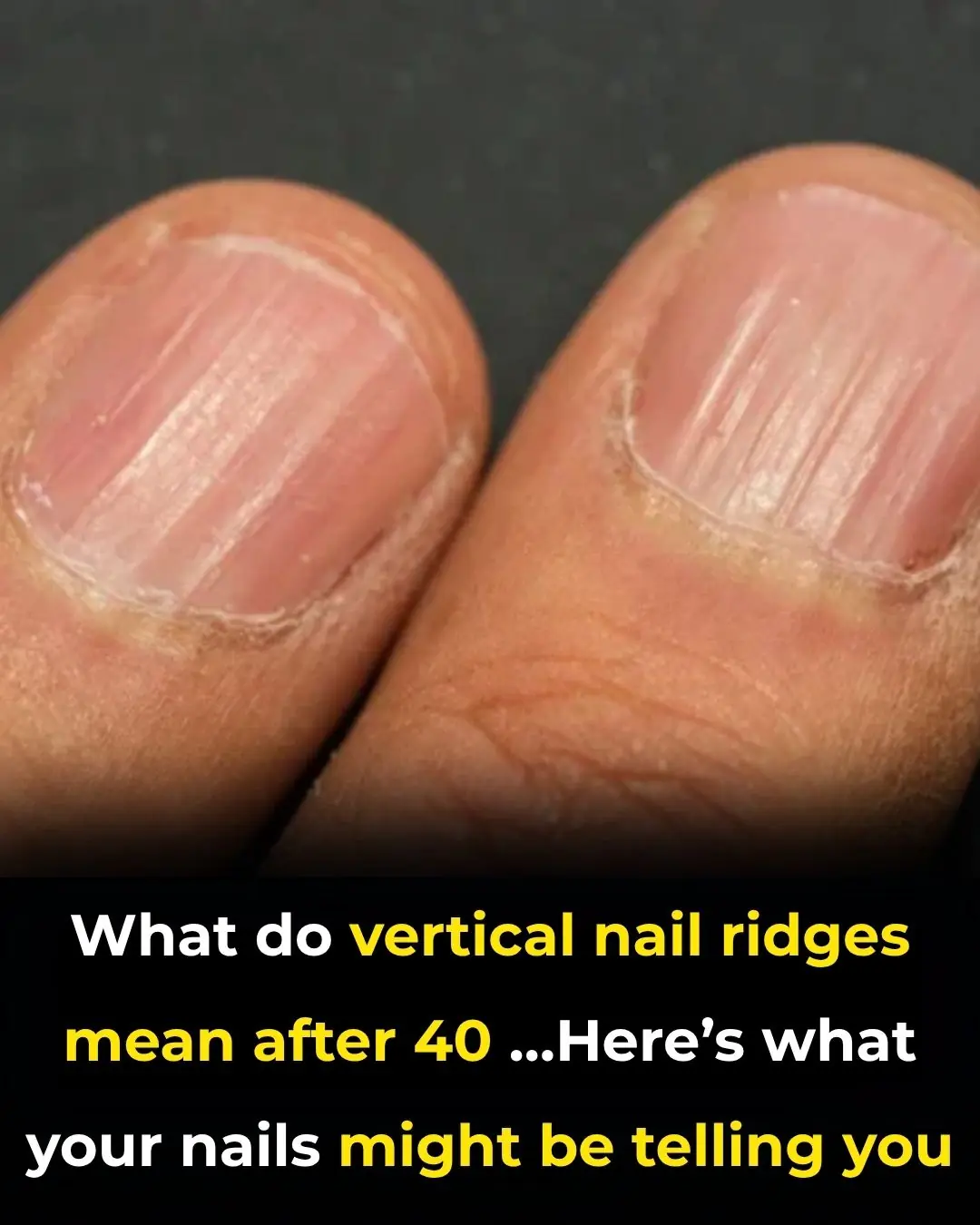
What Do Vertical Nail Ridges Mean After 40

A Brave Fight for Life: Kuba’s Battle Against Ewing’s Sarcoma
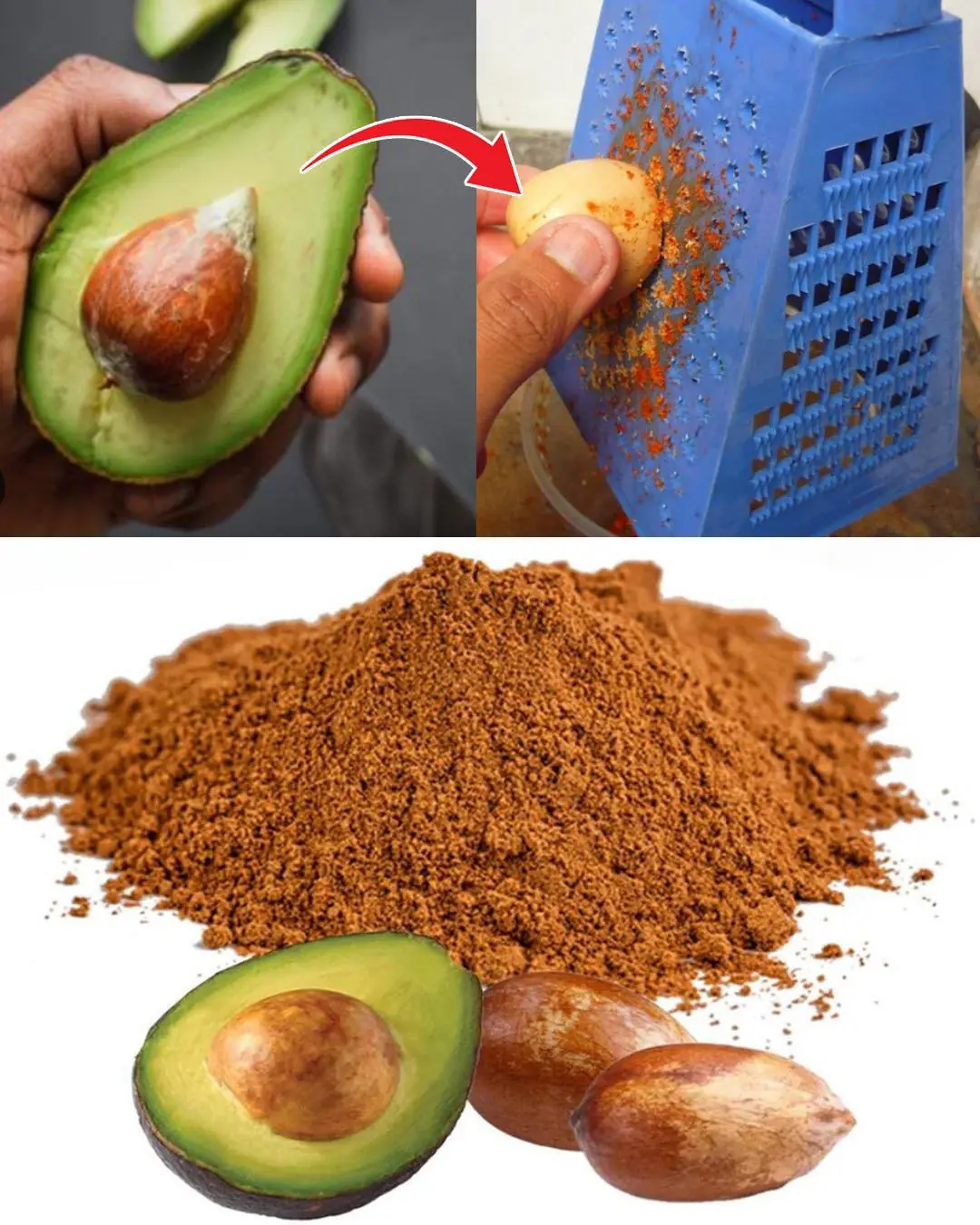
Avocado Seeds Benefits: 7 Reasons to use them

9 Signs You’re Actually Going Through Menopause (Even If You Didn’t Realize It)
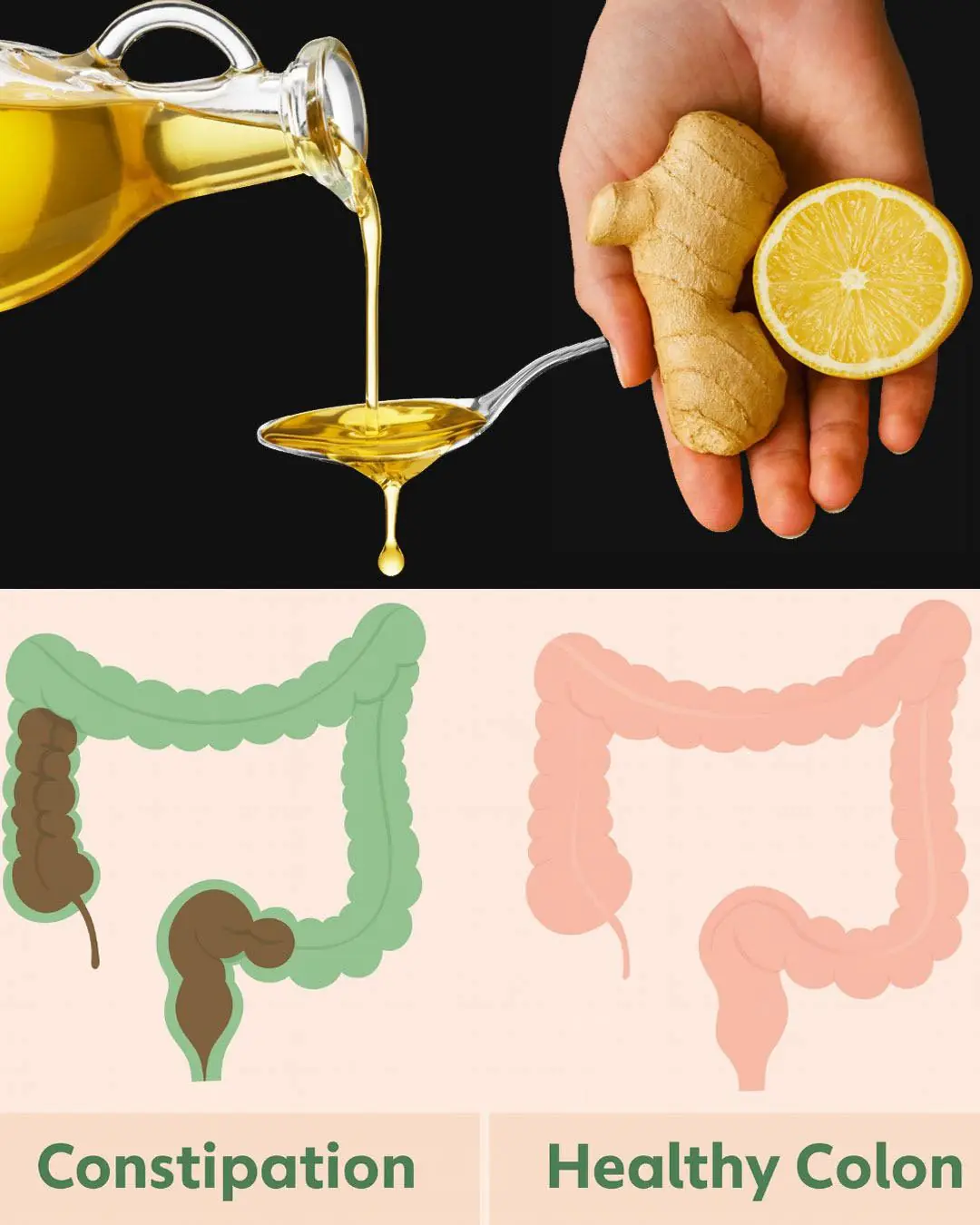
Morning Detox Elixir: Olive Oil, Lemon & Ginger – The Natural Cleanse You Need Daily

Nine Children in Dawsonville Get the Gift of a Bed, Comfort, and Peaceful Sleep
